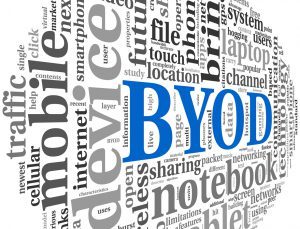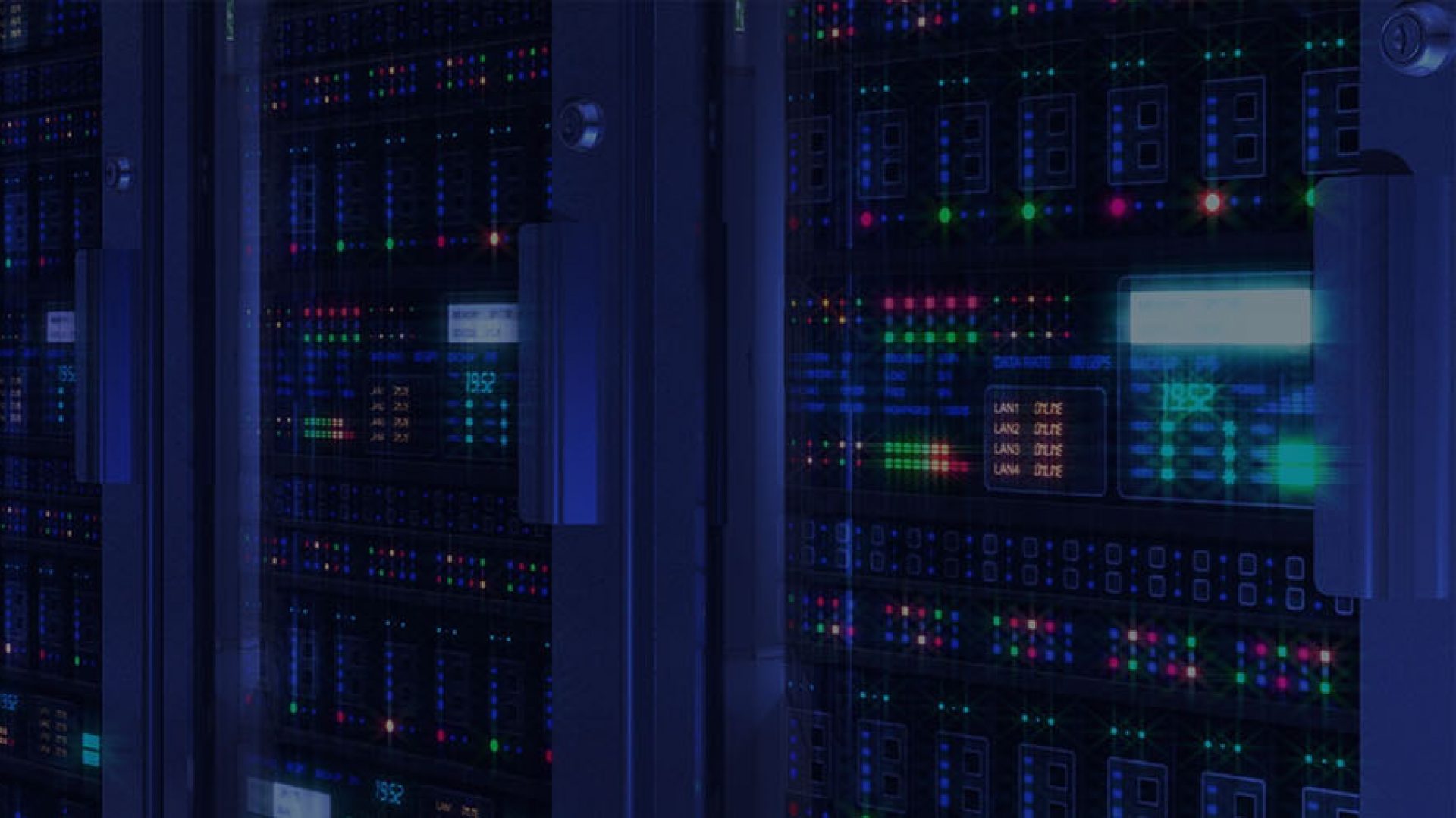BYOD (bring your own device) is the increasing trend toward employee-owned devices within a business.  Smartphones are the most common example but employees also take their own tablets, laptops and USB drives into the workplace.
Smartphones are the most common example but employees also take their own tablets, laptops and USB drives into the workplace.
BYOD is part of the larger trend of IT consumerization, in which consumer software and hardware are being brought into the enterprise. BYOT (bring your own technology) refers to the use of consumer devices and applications in the workplace. More specific variations on the term include bring your own computer (BYOC), bring your own laptop (BYOL), bring your own apps (BYOA) and bring your own PC (BYOPC).
Employee-owned devices are sometimes sanctioned by the company and supported alongside devices that are owned by the business. In other cases, employee-owned devices are part of the parallel system known as shadow IT: hardware or software within an enterprise that is not supported by the organization’s central IT department.
Whether employee-owned hardware and software are supported or not, they pose security risks to the organization if they connect to the corporate network or access corporate data. To minimize the risk and accommodate consumer technologies, many businesses are implementing BYOD policies.
Why BYOD matters
The driving force behind BYOD is a new IT self-sufficiency among company employees who already own and use personal laptops, tablets and smartphones.
These mobile devices are often newer and more advanced than the equipment deployed by many IT departments. It’s hardly surprising that the rapid adoption of lightweight Ultrabooks, iPads and large-screened phones are changing the way that people want to work.
IT departments are playing catch up and could easily refuse to embrace the BYOD idea. Surely it’s simpler to provide approved hardware and software applications so you can retain full control over them.

